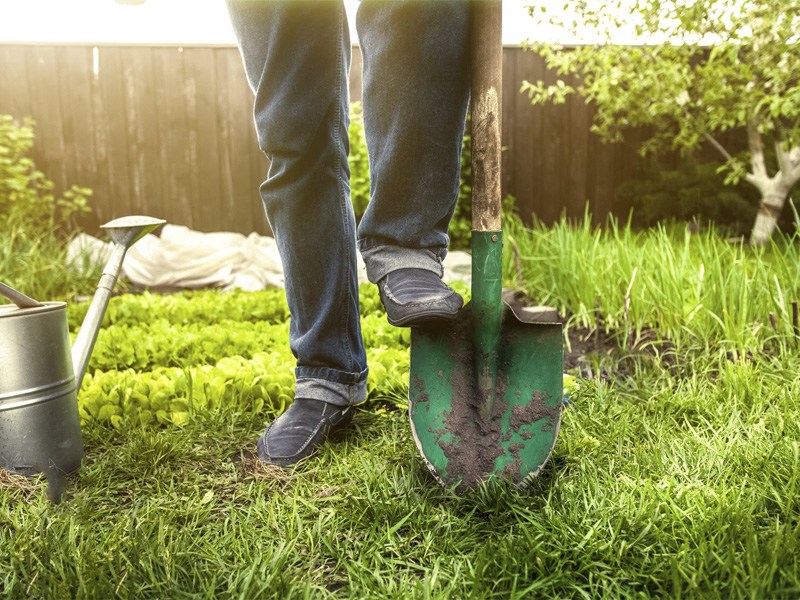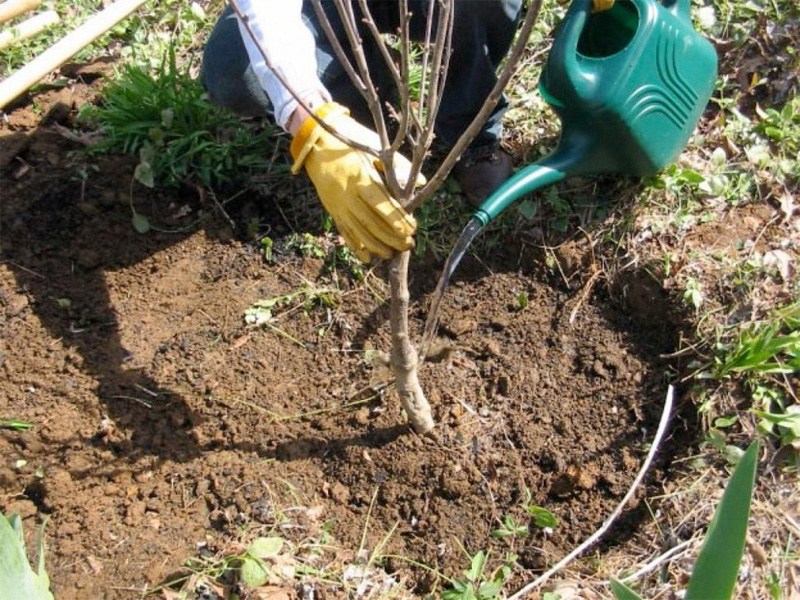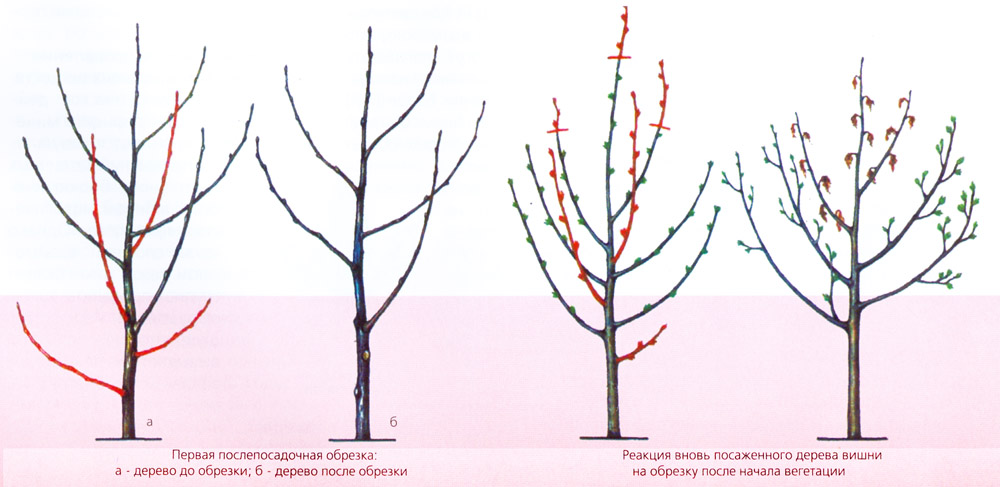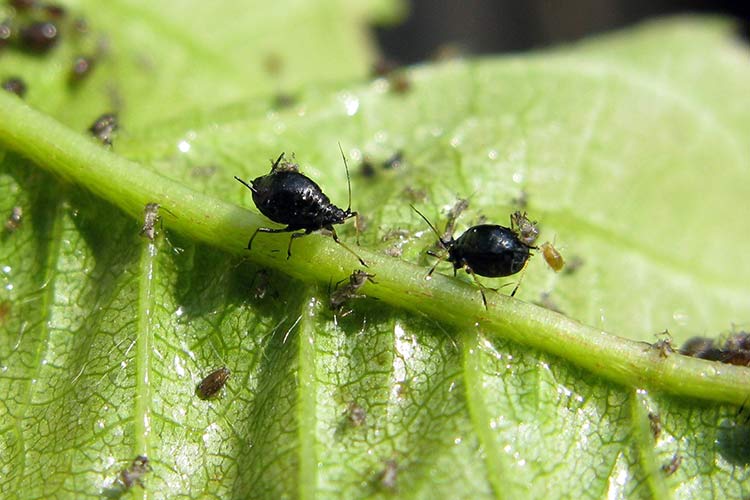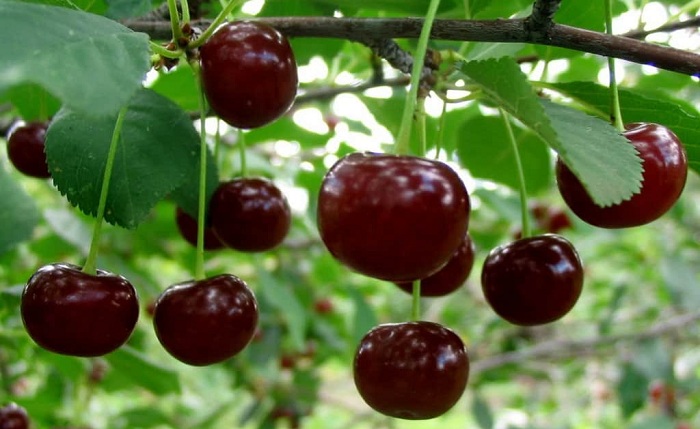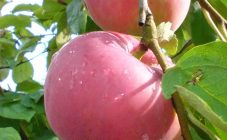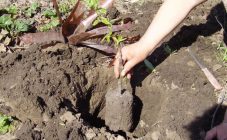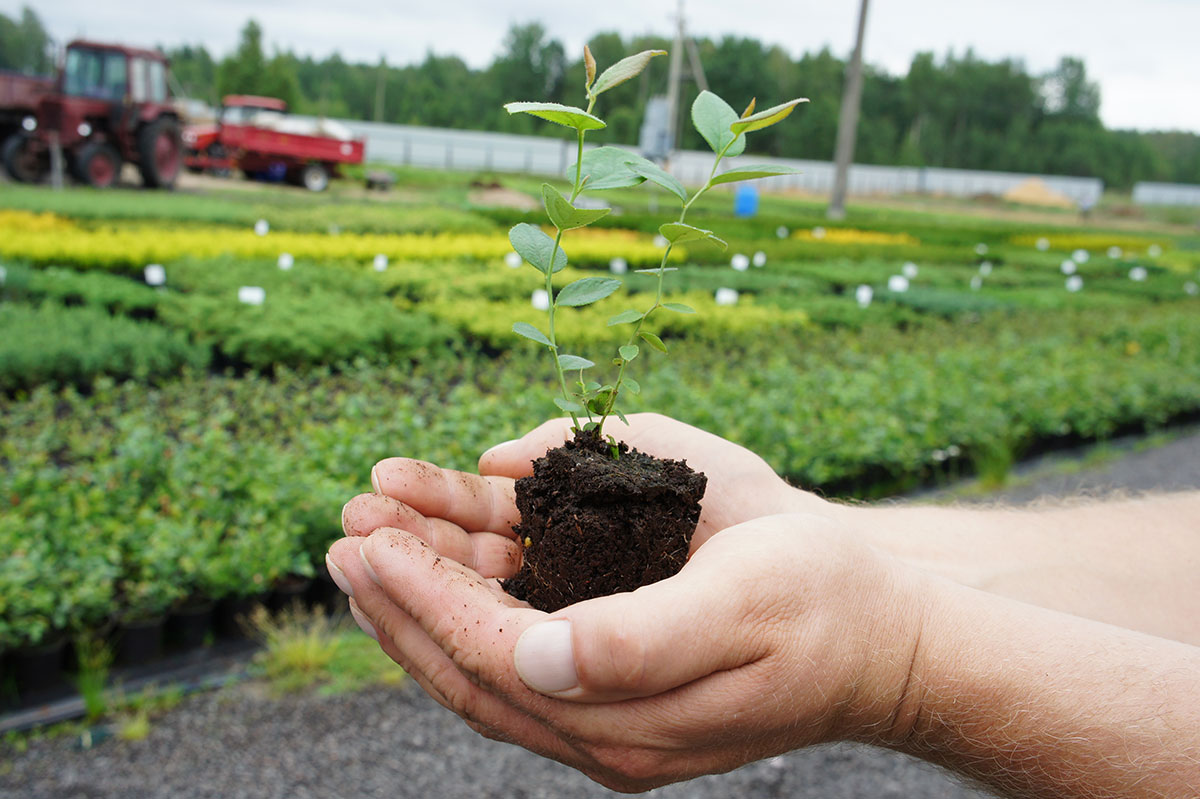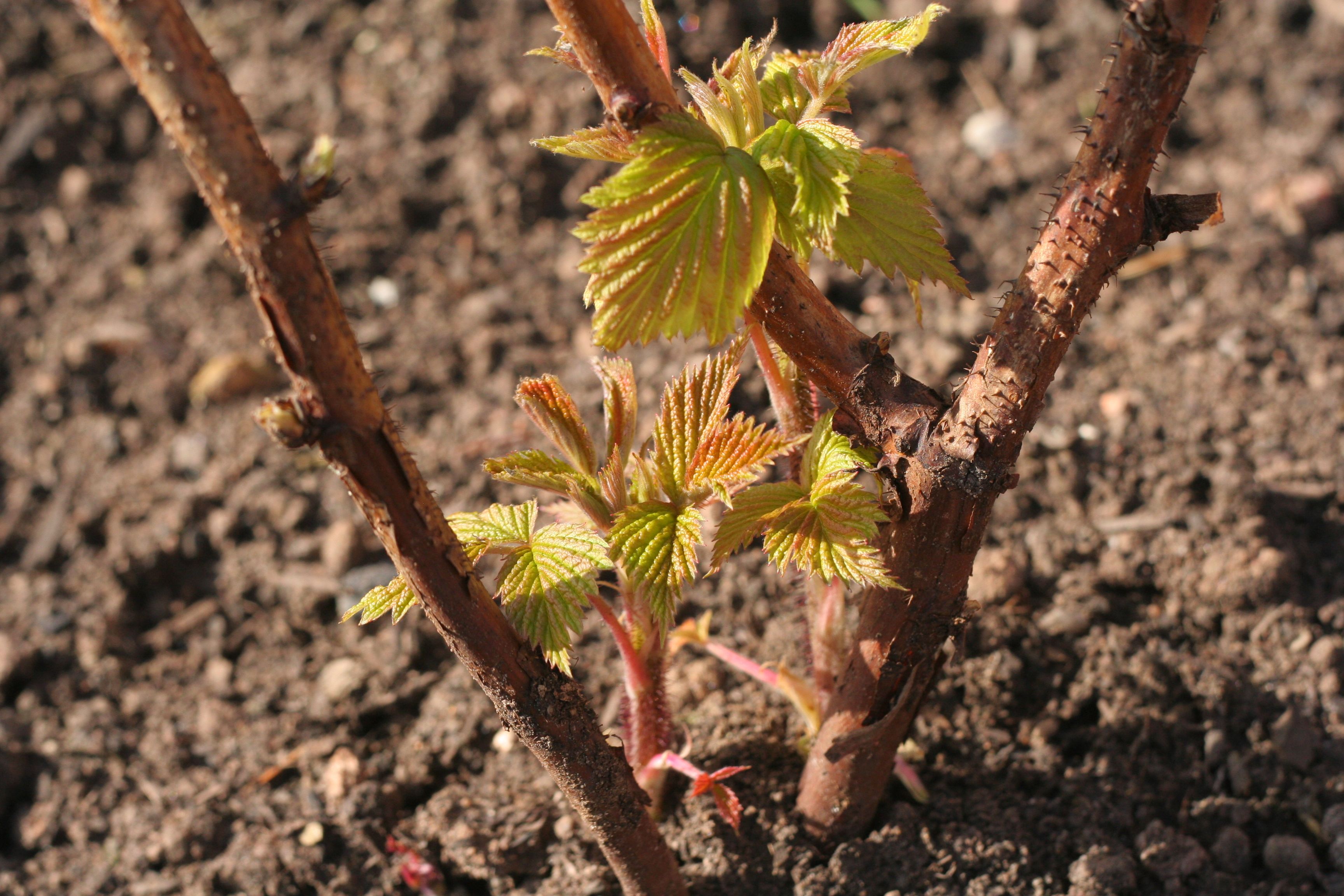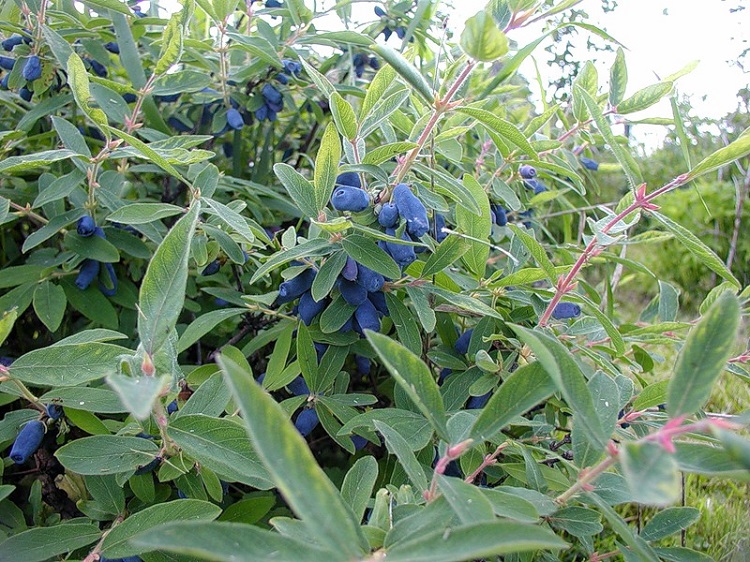Content:
Before planting a cherry orchard, the gardener must prepare thoroughly. As you know, cherries are capable of producing a good harvest in one place for a long time. Therefore, it is advisable to choose a site for planting according to a certain system, avoiding mistakes.
How to choose the right seedlings
Quality seedlings are distinguished from low-quality by some features:
- it is advisable to choose seedlings for planting 1 year old;
- the roots should not be damaged (it is recommended to purchase seed with an open root system);
- seedling height - at least 1.5 m;
- diameter - no more than 15 mm.
It is easy to distinguish low-quality seedlings by the following features:
- incomplete shoots;
- curved;
- with mechanical damage;
- with unbranched roots;
- infected with a point disease.
How to keep a seedling for spring
There are several ways to preserve the seedling for spring.
- So that the planting material does not dry out for spring planting, it is necessary to dig a depression in the ground, up to 50 cm deep. The seedling is laid so that the crown of the tree looks to the south side. Dig in with soil and water. Sprinkle on top with sawdust 5 cm thick.
- For the northern regions, where there is frequent snow, you can dig the seedlings into the snow by 10 cm. Sprinkle with sawdust on top. This will keep warm, the seedlings will not freeze at any temperature.
- You can also store seedlings in the apartment until spring. You need to purchase a special composition for the roots and polyethylene. The substrate is steamed and cooled. The seedling is dipped into a bag and the substrate is poured over the roots. The root system must be completely covered. Next, you need to add some water and tie a bag. Small holes are made in the bag. The seedlings are kept in the refrigerator.
Planting in the spring
Which cherry (saplings) is best for you? Step-by-step seedling selection system:
- Branched root system.
- The neck of the roots is not damaged.
- There are no cracks on the trunk.
- There are kidneys.
- A green and moist bark can be seen at the cut site.
- The cut on the roots is moist and pale.
- You should choose a seedling about 70 cm high.
- It is recommended to choose an annual seed.
What is the most suitable place for planting a fruit tree
How to plant cherry seedlings in spring in the Urals? First of all, you need to choose the right soil for planting a cherry tree. Usually, for planting work, a soil with a moderate acidity is chosen. Cherry planting in spring with seedlings in a temperate middle lane is carried out with an optimal soil pH balance - up to 7.1.
It is not recommended to plant cherry trees in spring in areas with high groundwater levels. Peat and boggy areas should be avoided.With proper digging of holes and regular application of top dressing, felt trees bring a rich harvest on sandy lands, loams. It is advisable to plant cherries on the south side of the site.
Terms of planting works
Gardeners living in the southern regions plant a fruit tree in the autumn. But agricultural technicians living in the middle and northern stripes prefer to carry out planting work in the spring. This is what distinguishes the regions in terms of planting cherries.
Spring planting allows trees to actively strengthen until autumn - by winter they become so strong that they are ready to endure frost.
Planting work: step by step instructions
In order to properly grow cherry fruit trees, it is important to prepare the soil in advance for sowing. Cherries love moisture, but an abundance of water should not be allowed, because the root system will begin to rot and die off. If there is no way to drain and drain on the site, then you need to plant seedlings on artificial hills.
After the landing site has been determined, it is necessary to prepare a hole. Moreover, cherries can be planted both in open and closed ground, observing a certain distance.
- You need to dig a hole about 80 cm in diameter. Depth 55 cm (+ -5 cm).
- The bottom and top layers of the earth should be split into 2 heaps separately.
- At the bottom of the pit, spread the earth from the first layer, having previously mixed it with fertilizers (thickness - 8 cm).
- Before planting, the roots of the seedlings are soaked in a manure and clay composition.
- The roots are covered with the remaining soil and lightly tamped.
- A circular trench is made near the trunk. For 1 watering, a bucket of water is poured. Once the earth has absorbed the water, add a second bucket.
- At the end, the seedling must be tied to a peg.
Then you have to regularly water the tree, loosen the soil, weed and fertilize. A young cherry tree needs to be fertilized under the roots, and the adult trees are fed under the crown. The first part of fertilizers is applied in the fall. It is recommended to apply formulations based on potassium and phosphorus. And after a year, you can add nitrogen-containing compounds. Another part of the feeding is applied in the period after the end of flowering and after another 2 weeks.
Fruit tree pruning procedure
A step-by-step pruning process will help keep your shoots healthy. As a result, the gardens will look well maintained. In the course of the process, all branches affected by diseases are necessarily removed.
Before forming the crown of a tree, it is worth studying the features of the growth of cherry trees in the spring:
- a fruit tree is characterized by a high rate of awakening and early maturity of the buds;
- the development of a young shoot occurs from the bud;
- in a short time, the crown thickens;
- you cannot run the crown, as this will darken its inner part;
- flowering buds and harvest depend on each other;
- bouquet branches bear fruit up to five years, after which they die off.
There are 2 main ways to prune fruit trees.
Pruning
Pruning those branches that have lengthened more than 40 cm. This will activate the process of forming bouquet branches. And when the bouquets die off, the branches will not be exposed.
Cherries have some features to consider when pruning:
- high early maturity and conductivity;
- fast formation of branches;
- there should be no undergrowth on the trunk;
- the remaining branches are cut out under the ring.
The crown of the tree is formed by one of 3 methods:
- remove 1/4 of the total increase for the year;
- remove 1/3 part;
- remove 1/2 part.
Tenderloin
This method is designed to remove branches and shoots.
As a result of thinning:
- there is a decrease in the diameter of the crown;
- protection of the crown from strong thickening;
- improved air and light conditions;
- the appearance of fruit formations is activated.
During the cutting process, weak and diseased branches are first removed. Then cut off those that interfere with others.
Cherry tree pests
On fruit trees, harmful insects are often found that damage the trunks and leaves of the plant. Cherries are often crawled by: black aphids, flies, tubers, leaf rollers and moths.
In the spring, when the buds open, larvae hatch from the eggs, which feed on the sap of the plant. From this, the leaves are severely damaged and curled, turn black, and subsequently dry out. During the growing season, a huge number of aphids are spread. During mass reproduction, these harmful insects jump onto fruits.
The cherry fly is another pest of fruit trees. If it starts on a plant, it will kill about 30% of the fruit. This pest is capable of destroying medium and late varieties. Early maturing families have time to mature before the adults emerge and remain unharmed. Damaged cherries turn black and rot.
Errors of inexperienced gardeners
When planting cherries, inexperienced gardeners make a lot of mistakes, for which they then pay the price. If the seedlings are planted too deep, then the growth of the plant subsequently deteriorates, and the rates of fruiting decrease. Cases of tree death were recorded.
Also, mistakes are often made when burying the roots when the ground is not sufficiently compacted. For this reason, there is no contact between the root system and the soil. That is, the fruit tree cannot receive sufficient nutrients. Ultimately, it weakens and dies.
If the seedlings are not tied to a stick, they can break in strong winds. During the heat, the soil dries out quickly, and if you do not mulch, the plant will die. For the winter, the seedlings are closed to protect the trees from the cold and rodents.
Cherry is not a very demanding plant, and some varieties can grow in any region. With proper care, cherry orchards will delight their owners with delicious, juicy fruits, which can be eaten neat or made various preparations.
